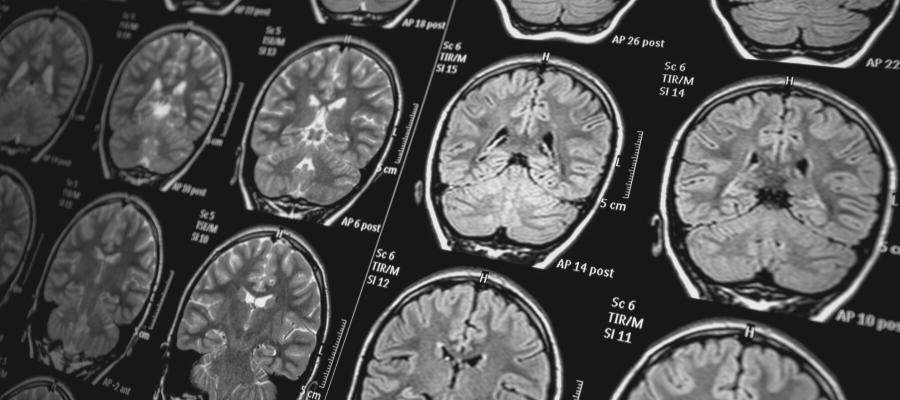
Current Studies
Eye-Tracking Software Application for Multiple Sclerosis
This study aims to develop and validate a sensitive and non-invasive eye-tracking software application.
The purpose of our current study aims to collect data following brief cognitive tests on participants. These tests were designed to evaluate several key functions known to be affected by MS, as well as non-invasive measures of eye movements in response to visually presented stimuli during specifically designed eye-tracking tests.
Each of the data collected in the different studies will be used to develop machine learning algorithms and a software application intended to track the progressive component of multiple sclerosis and associated cognitive changes.
What is ETNA and how can it revolutionize current MS assessment?
Innodem Neurosciences, a leader in innovation and technology, has received the "Breakthrough Device" designation from the U.S. Food & Drug Administration. The innovation enables eye-tracking neurological assessment for multiple sclerosis. It records eye movements to accurately estimate the disease's severity in patients. This innovation will revolutionize current uses, which have been in use for decades, and will allow clinicians to monitor the progression of the disease. In addition, this app-based technology is user-friendly, turning a tablet into a state-of-the-art device that can accurately capture eye movements and map biomarkers in minutes. The results will allow clinicians to be informed remotely about the patient's disease status and progression and thus adapt their treatment.
Why monitor the eyes?
The scientific literature shows that eye movement can serve as powerful markers of brain health, especially in MS. However, current onboard equipment is complex to use, expensive and the data difficult to analyze, making it difficult for clinicians to benefit from it. EMBs/GMBs can detect subtle motor and cognitive function changes found in MS progression but are difficult or impossible to quantify with routine neurological exams or conventional brain imaging (MRI). To date, with the current standard treatment of MS, it usually takes several years before clinicians can establish the presence of disease progression. However, this revolutionary application makes regular and more frequent monitoring possible, allowing the clinician to initiate or adjust appropriate treatment.
Key inclusion criteria
Able to provide informed consent
Aged 18 years or older at the time of enrollment
Able to read in either French or English
Visual acuity of 20/100 in at least one eye
Key exclusion criteria
Evidence or medical history of psychiatric issues
Presence of co-morbid neurological conditions
Diagnosis of macular edema or other ocular conditions
New prescription drugs known to influence ocular motor visual function
-
Multiple sclerosis (MS) is a disease entity with several distinct clinical phenotypes where progression can be gradual and subtle. As a result, the clinical tools designed to help clinicians monitor overall disease progression may not be sensitive enough to detect early changes in cognitive status before these changes become more disabling. MS is also characterized by subtle anomalous eye movements and a growing body of evidence has suggested that these impairments could be related to both disease severity and cognition.








